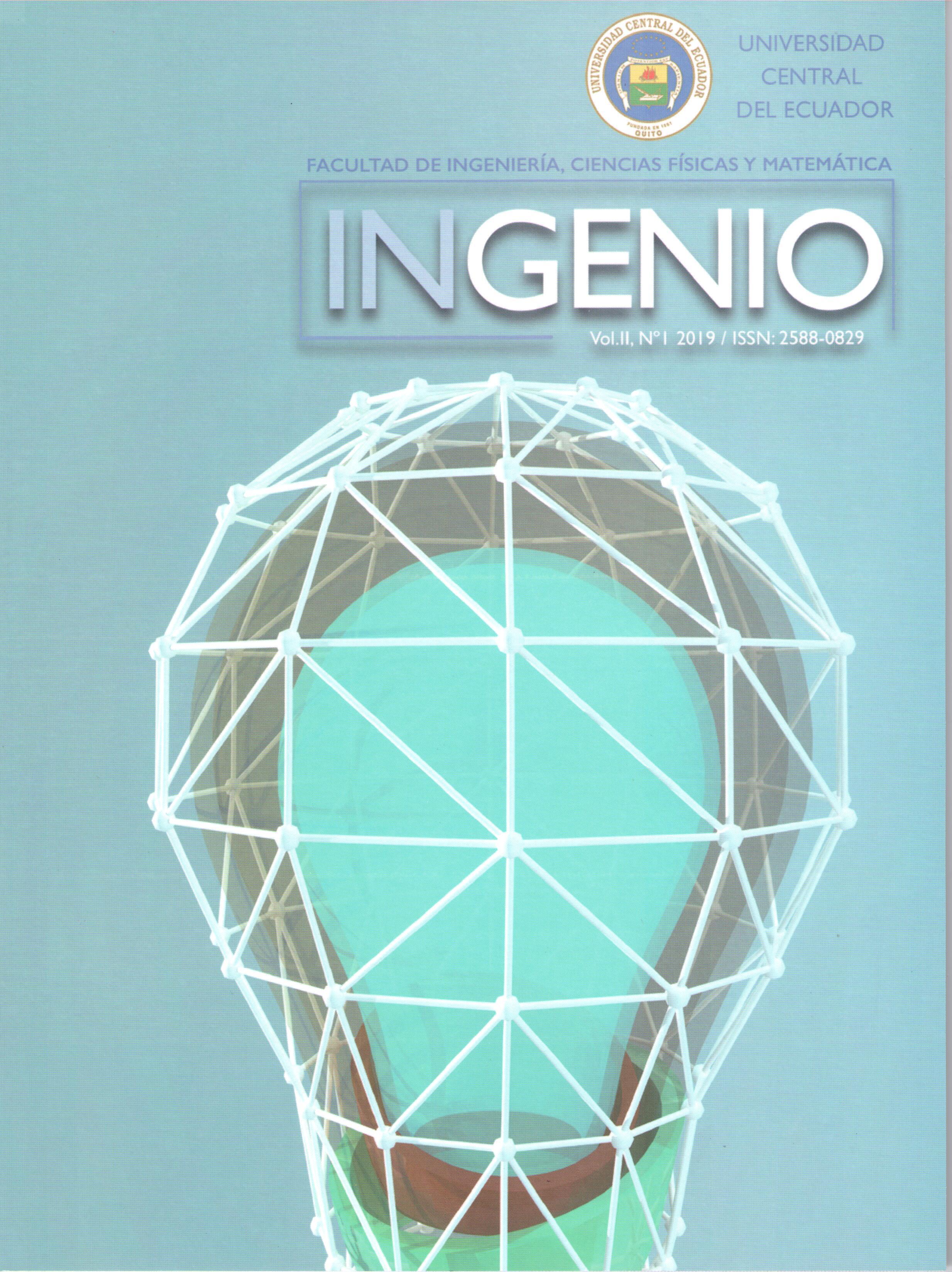Use of Waste from Concrete Cylinders and Beams used in the Materials Testing Laboratory of the Faculty of Engineering, Physical Sciences and Mathematics of the Universidad Central del Ecuador for the Manufacture of Hollow Concrete Blocks with Steel Filing
Main Article Content
Abstract
The recycling of concrete at the moment allows to generate positive changes in the environment, since this allows to reduce the contamination and the unnecessary use of spaces that can be destined for productive uses. The crushing process reduces the concrete debris giving way to a new aggregate that can be used for different civil works with respect to steel filing, which in some cases is discarded without considering the contribution of resistance to products made with concrete. The hollow blocks of concrete manufactured from these materials, with the optimal dosage, managed to obtain resistances superior to those established in the Ecuadorian Technical Norm NTE INEN 643 for block. This comparison was made for both blocks manufactured manually and for those manufactured in an industrial manner. Its cost, compared to those already existing in the market, is relatively similar. As for the resistance to compression, blocks of recycled material have a superior resistance.
Downloads
Metrics
Article Details

This work is licensed under a Creative Commons Attribution-NonCommercial-NoDerivatives 4.0 International License.
References
INSTITUTO ECUATORIANO DE NORMALIZACIÓN. (2012). INEN 643. Obtenido de http://normaspdf.inen.gob.ec/pdf/nte/639-2.pdf
INICIATIVA POR LA SOSTENIBILIDAD DEL CEMENTO. (Julio de 2009). RECICLANDO CONCRETO. Obtenido de ficem: http://ficem.org/publicaciones-CSI/DOCUMENTO-CSI-RECICLAJE-DEL-CONCRETO/RECICLAJE-D-CONCRETO_1.pdf
Maza, C. L. (2007). repositorio.uchile. Obtenido de http://repositorio.uchile.cl/bitstream/handle/2250/120397/Evaluacion_de_Impactos_Ambientales.pdf





